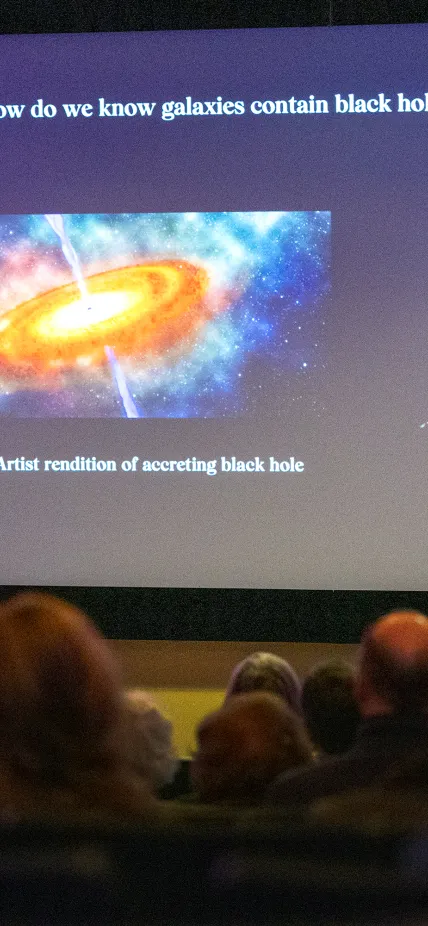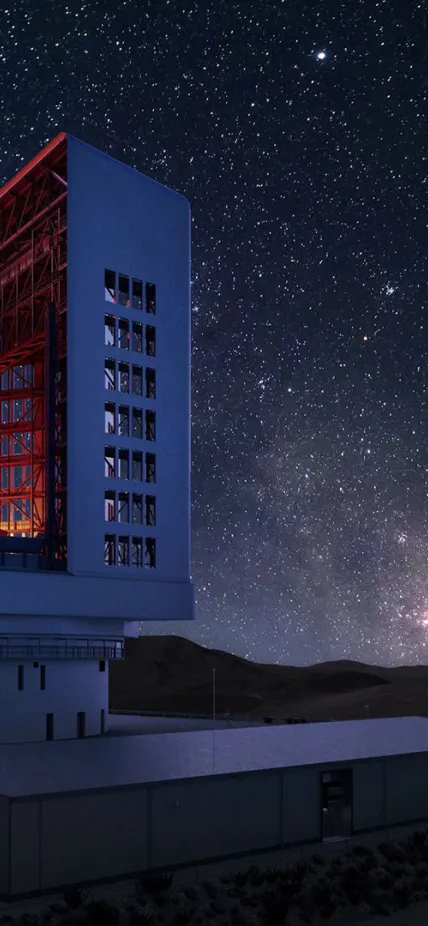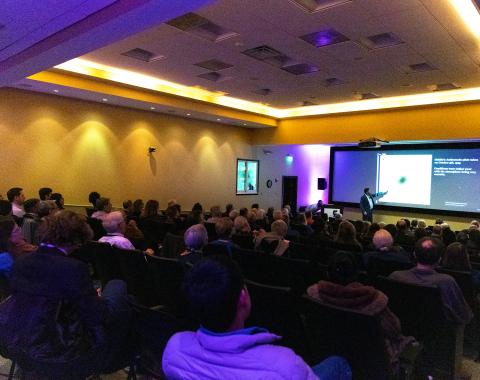Carnegie Science kicked off its 2025 Neighborhood Lecture Series with a cosmic deep dive from Carnegie Science President, John Mulchaey. His talk, The New Golden Age of Astronomy: Hubble’s Universe Today, celebrated the 100th anniversary of Edwin Hubble’s groundbreaking discovery that our galaxy isn’t alone in the universe—and offered a whirlwind tour of everything we’ve learned since.
Here are ten of the most mind-expanding takeaways from his lecture.
🎥 Watch the full lecture:
1. Edwin Hubble Didn’t Just Discover a Galaxy—He Discovered the Universe
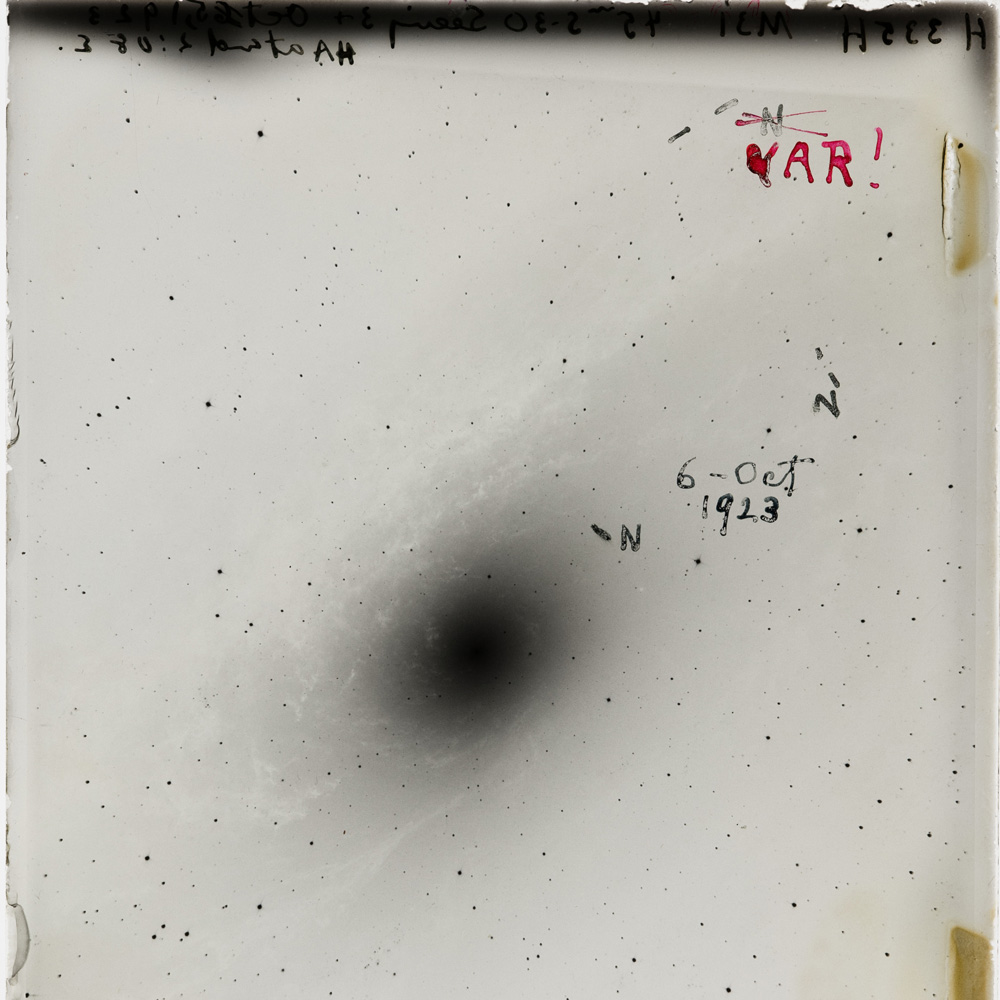
In 1925, while working as a Carnegie astronomer at Mount Wilson Observatory, Edwin Hubble made a discovery that would forever change our understanding of the cosmos. By measuring the distance to one of the mysterious "spiral nebulae” that were vexing so many astronomers at the time, he proved this fuzzy-looking object was actually a whole separate galaxy—revealing that the Milky Way wasn’t the entire universe. This groundbreaking work laid the foundation for modern cosmology and cemented Carnegie Science’s pivotal role in astronomical discovery.
2. There Could Be a Trillion Planets in the Milky Way
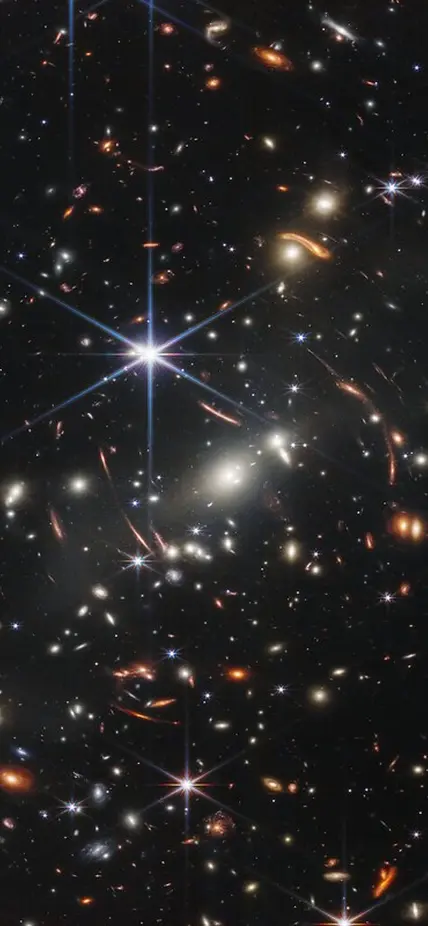
Thanks to decades of exoplanet discoveries, astronomers now estimate that most stars host planetary systems. We’ve identified nearly 6,000 exoplanets (and counting)! But that’s just the beginning. “We now think there could be a trillion planets in our galaxy alone,” Mulchaey noted. “Even if that estimate is off by a factor of ten, it’s still a huge number—and this is just one galaxy!”
With up to two trillion galaxies in the universe, we’ll let you do the math.
3. Dark Matter Makes Up 90 percent of a Galaxy’s Mass
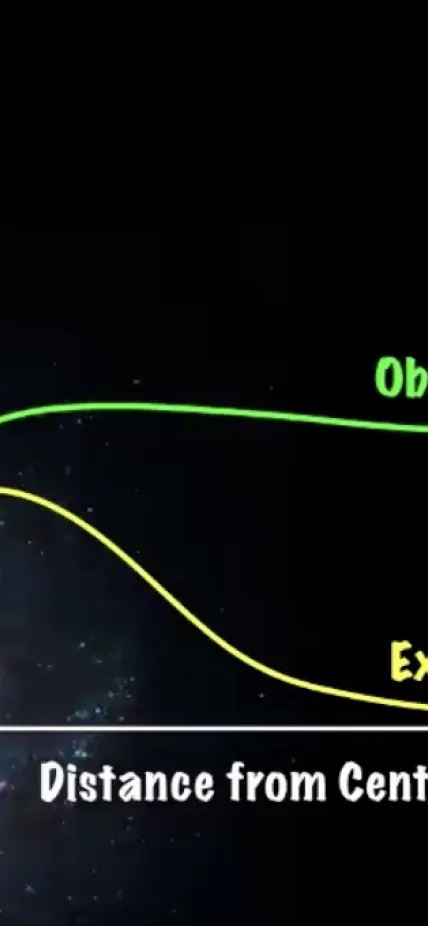
Invisible and mysterious, dark matter shapes galaxies from the inside out. Mulchaey emphasized Carnegie astronomer Vera Rubin’s landmark work, which showed stars in spiral galaxies move far faster around the galaxy’s center than visible matter alone can explain. While we still don’t know what dark matter is, we know it’s there—and it accounts for up to 85 percent of the matter in our universe.
4. Every Big Galaxy Has a Supermassive Black Hole
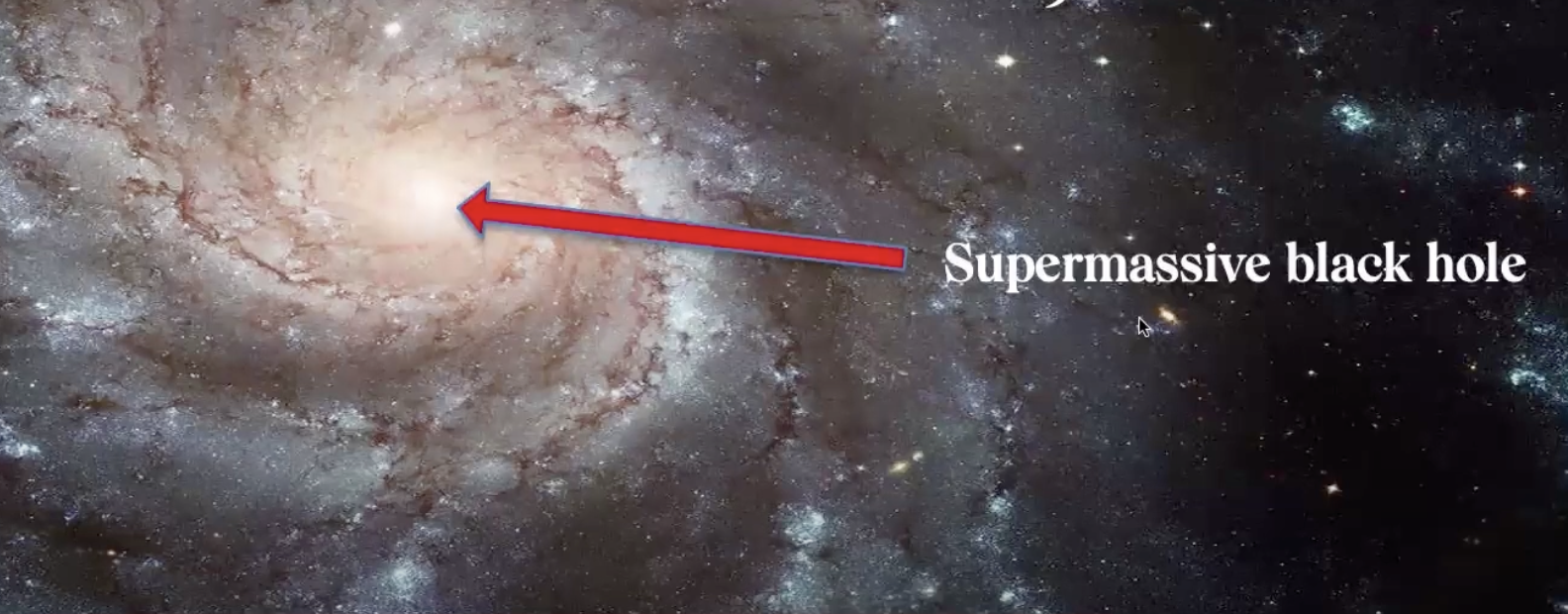
Black holes aren't just exotic oddities. They're central engines of galaxy evolution. Nearly every large galaxy, including our own, contains a supermassive black hole at its core. These cosmic giants can weigh millions or even billions of times more than our Sun—and light up as brilliant quasars when actively consuming matter.
5. We’ve Watched Stars Orbit an Invisible Object
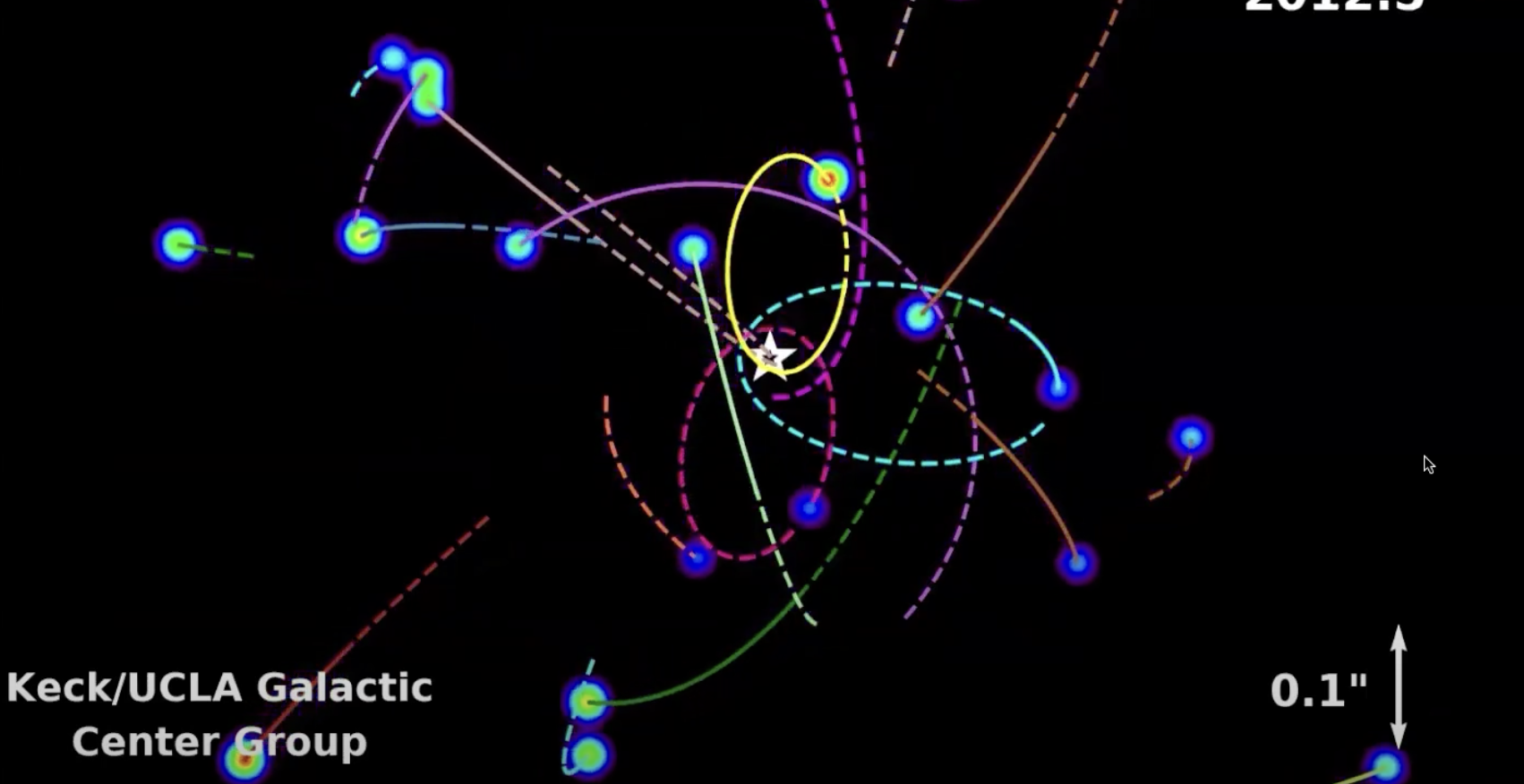
Thanks to 25 years of careful observation, astronomers have literally watched stars orbiting a blank spot at the center of the Milky Way. The only explanation? A black hole. “This is the most direct evidence we have,” Mulchaey said, referencing work that earned a Nobel Prize in 2020.
6. Galaxies Collide—and So Will Ours
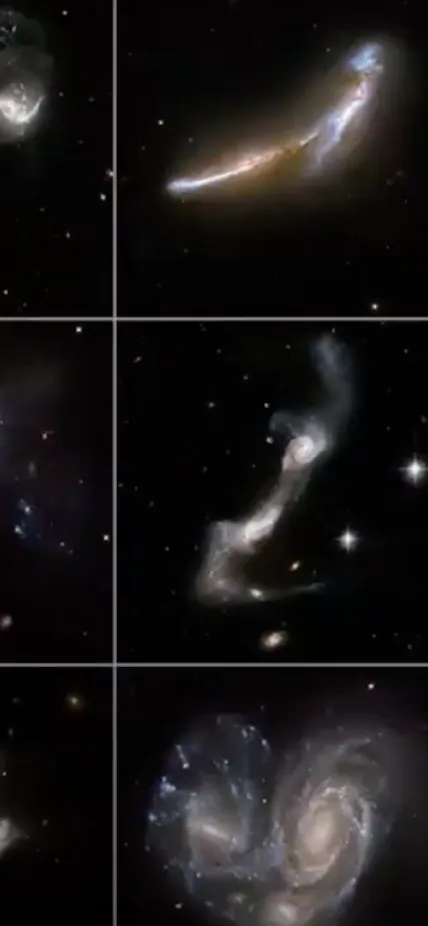
Galaxies aren’t static. They merge, interact, and reshape one another. The Milky Way is on a collision course with the Andromeda Galaxy in about 5 billion years. When that happens, even their central black holes will merge.
7. The Universe’s Expansion Is Speeding Up
Hubble showed us the universe is expanding, but recent measurements reveal that it’s accelerating. “Not only is it expanding. It's actually expanding at a faster rate in time. This is due, we think, to a mysterious force called the dark energy,” said Mulchaey.
8. We’re Living in the Golden Age of Telescopes
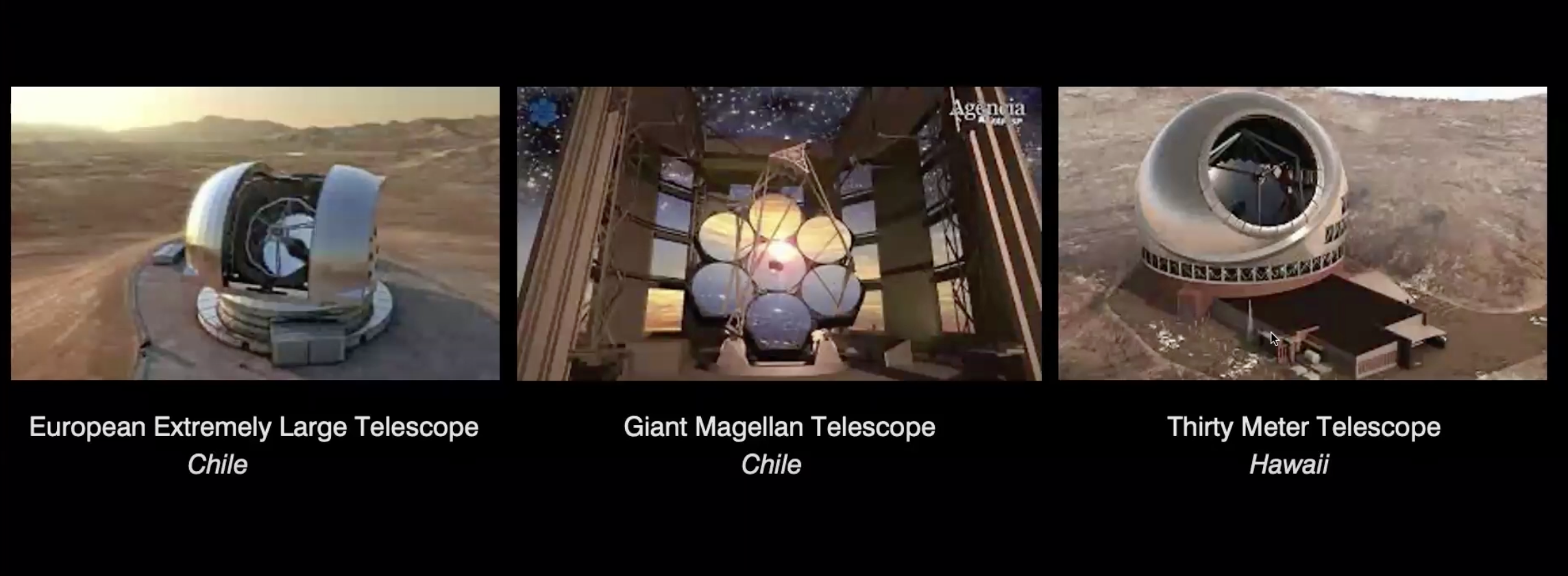
Mulchaey highlighted how JWST is revealing galaxies that formed just a few hundred million years after the Big Bang—breaking its own distance records again and again. Upcoming tools like the Vera Rubin Observatory, Nancy Grace Roman Space Telescope, and the Giant Magellan Telescope will push the limits even further, opening new windows into the early universe and the potential for life beyond Earth.
“These telescopes are going to let us study the distant universe the way we study the nearby universe,” Mulchaey said. “And the most exciting discoveries will be the ones we haven’t even imagined yet.”
9. Big Telescopes Need Big Support
The future of American astronomy, Mulchaey emphasized, depends on sustained investment in these game-changing tools. “Unfortunately, the future of American astronomy really could be quite in the balance if these telescopes don’t get built,” he said. “Basic research, which is what we do at Carnegie, is a great investment in the U.S. economy. For every dollar we spend, we make something like three dollars back.”
Help fund astronomy research.
10. The Universe Still Has Surprises for Us
Despite all our progress, many of the universe’s biggest questions—about dark energy, galaxy formation, and the origins of life—remain unsolved. And that’s what makes astronomy so exciting.
“Every time we build a new telescope, the most interesting things it’ll discover are the things we have no idea about,” Mulchaey concluded. “The universe always has surprises for us.”
